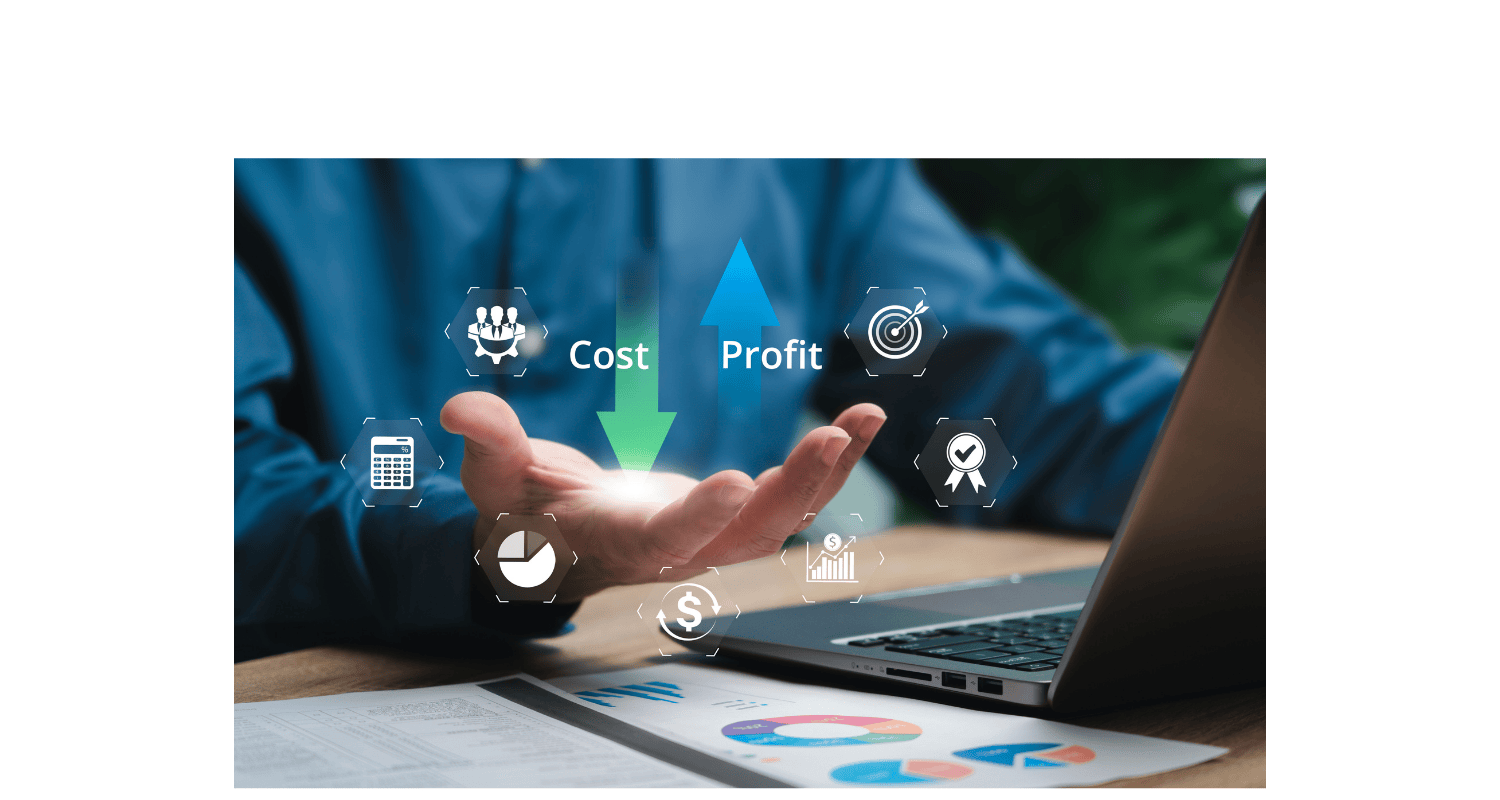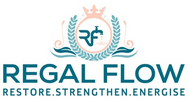
Understanding the Cost of Industrial Reverse Osmosis Systems
Wondering how much an industrial reverse osmosis (RO) system costs? The short answer: it depends! From countertop dispensers to massive systems for factories, costs vary based on size, water needs, and efficiency. In Reverse Osmosis Systems for Commercial & Industrial Applications, we dive into the key pricing factors and show you how to make a smart, cost-effective choice for your business.
Understanding the Investment in Industrial RO Systems
When you're considering an industrial reverse osmosis (RO) system, the cost is often the first thing that comes to mind. But here's the deal: while the upfront price tag can seem intimidating, choosing the right system can actually save you money in the long run. For businesses in the UK, investing in an RO system is a game-changer, especially for industries that require high-quality water. Whether you're in manufacturing, food processing, or pharmaceuticals, understanding how the costs break down will help you make a better investment.
Factors Influencing the Initial System Cost
The cost of an industrial RO system isn't one-size-fits-all. A range of factors influences the price, from the size of the system to the specific needs of your business. So, what exactly affects the cost? Let's break it down.
Water Quality
One of the most important factors is the quality of the water being treated. If your water source is heavily contaminated, the system will need to be more advanced (and expensive) to handle the job. Pre-treatment processes like filtration or chemical dosing can also add to the cost.
System Size and Flow Rate
Size matters. The bigger the system, the higher the cost. If you need a high flow rate to meet your business needs, the price will rise accordingly. It's important to match the system's capacity to your water usage to avoid over- or under-spending.
Short-Term vs. Long-Term Financial Considerations
While the initial cost of an industrial RO system is an obvious concern, the long-term financial picture is just as important. Sure, a cheaper system might seem appealing, but it could end up costing you more in the long run. A system with higher energy efficiency and lower maintenance requirements can save you money over time, even if the upfront cost is higher. It’s all about finding that balance between initial investment and ongoing savings.
Key Components and Their Impact on System Cost
An industrial RO system is made up of many parts, each playing a role in the final price. From membranes to pumps, the quality and functionality of these components directly influence the cost.
System Capacity and Flow Rate
As mentioned earlier, capacity is a key factor. A larger system with a higher flow rate can handle more water, but it will cost more upfront. The good news? Investing in the right size system now can save you from having to upgrade later.
Pre-Treatment Equipment
Before water even enters the RO system, it often needs some pre-treatment. Filters, softeners, and chemical dosing systems can all add to the cost. However, these components are essential for protecting the RO membranes and ensuring your system operates efficiently.
RO Membrane Type and Quality
RO membranes are the heart of the system, and they can vary in quality. Higher-quality membranes will last longer and provide better filtration, but they come at a higher price. It’s important to strike the right balance—don’t go for cheap membranes that may fail prematurely, but also don’t overspend on features you don’t need.
Pumps and Pressure Vessels
Pumps are responsible for pushing water through the membranes, while pressure vessels hold those membranes in place. Both of these components can significantly impact the system's overall cost, especially if you're looking for higher pressure or more robust performance.
Control Systems and Automation
Modern RO systems often come with control systems and automation. These features help optimise performance and reduce human intervention. While they can increase the upfront cost, they can also reduce labour costs and improve system efficiency in the long run.
Post-Treatment Requirements
Post-treatment processes, such as UV sterilisation or additional filtration, ensure the water meets the required standards. Depending on your specific application, these systems might be necessary, but they can add to the total cost of the system.
Estimating the Range of Industrial RO System Costs
Now that we've covered the key components, let’s take a look at what you can expect to pay for an industrial RO system. Costs can vary greatly depending on the size and the specific needs of your business.
Small to Medium Scale Systems
For small to medium-sized businesses, RO systems generally fall in the range of £5,000 to £50,000. These systems are perfect for industries like food and beverage processing or small-scale manufacturing. They're efficient enough for moderate water usage, but not too expensive for businesses that don’t need massive water capacity.
Large-Scale Industrial Applications
For larger operations, industrial RO systems can cost upwards of £50,000, and in some cases, the price can reach well over £100,000. These systems are used in industries with large water needs, such as power generation or large manufacturing plants. While the price is high, these systems are designed to handle heavy-duty work, so they’re a worthy investment for big businesses.
Additional Costs to Factor In
When budgeting for an industrial RO system, don’t forget about the extra costs that come with installation and other logistical factors. These can add a significant amount to the total investment.
Installation and Engineering
Installation can often be one of the biggest additional costs. Professional engineers will need to install the system, set up plumbing, and ensure everything is running smoothly. Depending on the complexity of the system, installation costs can range from a few thousand to tens of thousands of pounds.
Shipping and Logistics
Shipping costs are another factor to consider. For larger systems, the cost of getting the equipment to your site can be significant, particularly if you’re importing from overseas. Be sure to factor in these expenses when calculating the total cost.
Permitting and Regulatory Compliance
Depending on where your business is located, there may be permits or regulations that you need to comply with before installing an RO system. These can add both time and money to the process, so it's crucial to check with your local authorities early on to avoid any surprises.
Long-Term Operational and Maintenance Costs
The cost of running and maintaining your RO system doesn’t stop once it’s installed. Understanding the ongoing expenses will help you better manage your budget and ensure your system continues to run efficiently.
Energy Consumption
Industrial RO systems can consume a lot of energy, particularly if they’re large or have multiple pre-treatment and post-treatment stages. It's essential to consider the long-term energy costs and look for systems with energy-saving features to reduce operational expenses.
Chemical Usage
Chemicals are often required for pre-treatment, cleaning, and maintenance of the system. The type and frequency of chemical usage can vary depending on the water quality and the system's design, so it's important to factor these costs into your budget.
Membrane Replacement
RO membranes need to be replaced periodically, depending on usage and water quality. Membrane replacement can be expensive, especially if you're working with a large system. Factor this into your long-term cost calculations to avoid surprises.
Filter Changes
Just like membranes, filters need regular replacement to ensure the system operates at peak performance. Depending on the type of filters used, this can be an ongoing cost that should be budgeted for accordingly.
Labour and Monitoring
Keeping your system running smoothly requires skilled labour, whether it’s for routine maintenance or monitoring. Automation can help reduce labour costs, but you'll still need to budget for staff to ensure everything operates efficiently.
Conclusion: Making Informed Decisions About Industrial RO System Investment
Investing in an industrial reverse osmosis system is a significant decision that requires careful consideration. It's essential to weigh both the initial investment and the long-term operational costs. By understanding the factors that affect pricing, businesses in the UK can make an informed choice that not only meets their water treatment needs but also makes financial sense in the long run. Taking the time to assess your system’s capacity, energy efficiency, and maintenance requirements will help ensure that you get the best value for your money. After all, a smart investment in water treatment can lead to long-term savings and increased efficiency.
More Reverse Osmosis info we think you'll love
RO Systems in the Food & Beverage Industry: Enhancing Quality and Compliance
Implementing RO Technology in Hospitality: Elevating Guest Experience
Reverse Osmosis in Healthcare and Laboratories: Ensuring Purity and Safety
Optimising Coffee Shop Operations with RO Water Filtration
Selecting the Right Commercial RO System for Your Business
Maintaining Your Commercial RO System: Best Practices and Tips
Which Chemical is Best for RO Membrane Cleaning?
Industrial Reverse Osmosis Cost per Gallon
Commercial Water Filtration Systems
Light Commercial Reverse Osmosis System
Reverse Osmosis Pressure Vessel
Reverse Osmosis vs Carbon Filter


Leave a comment